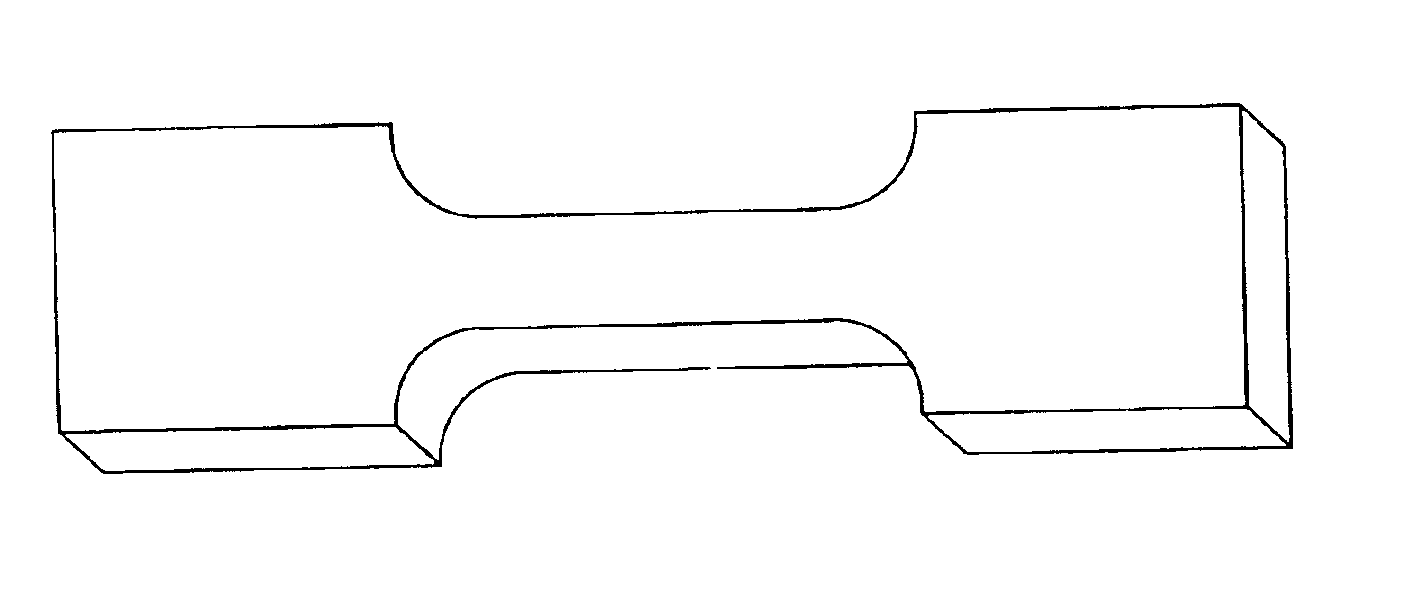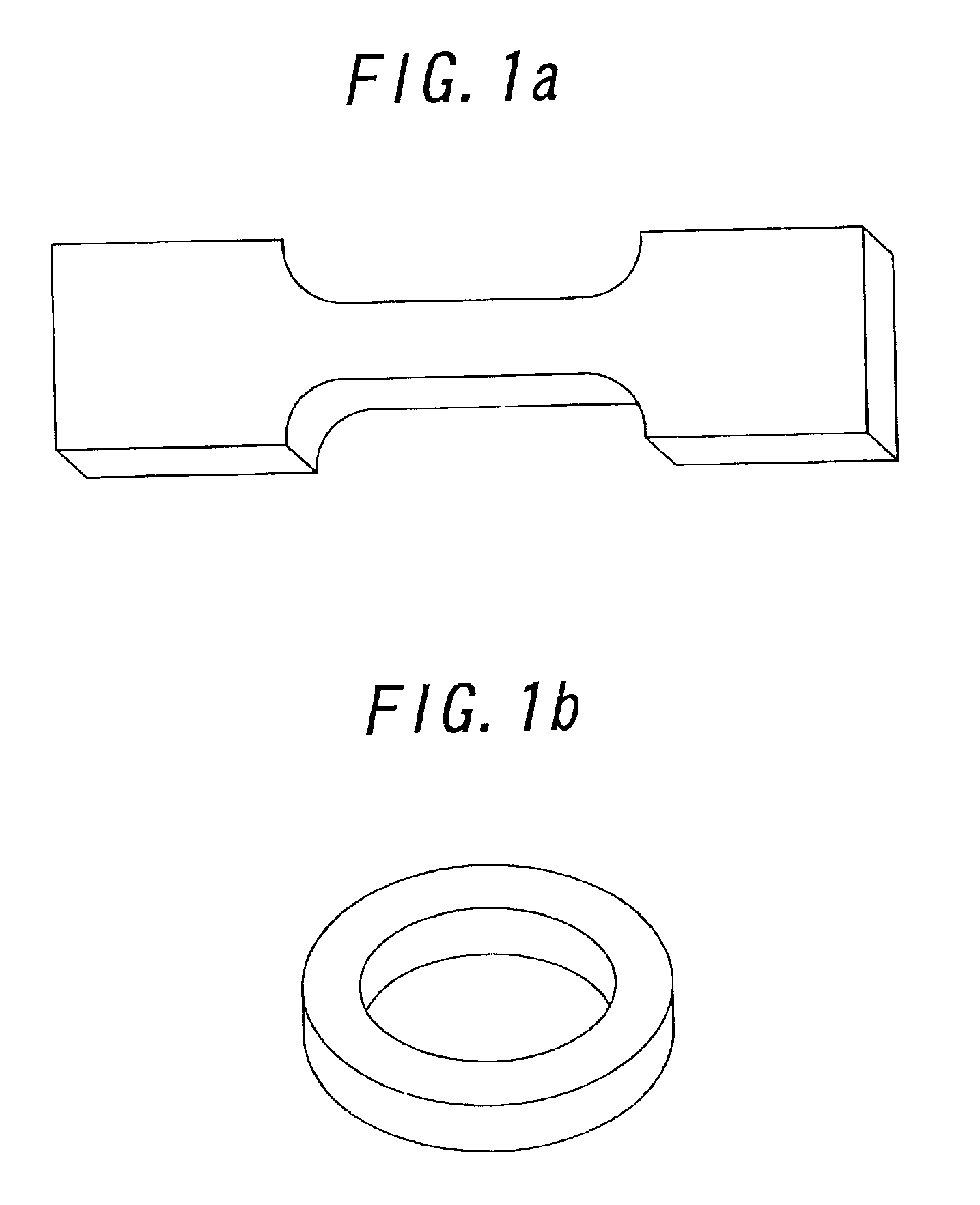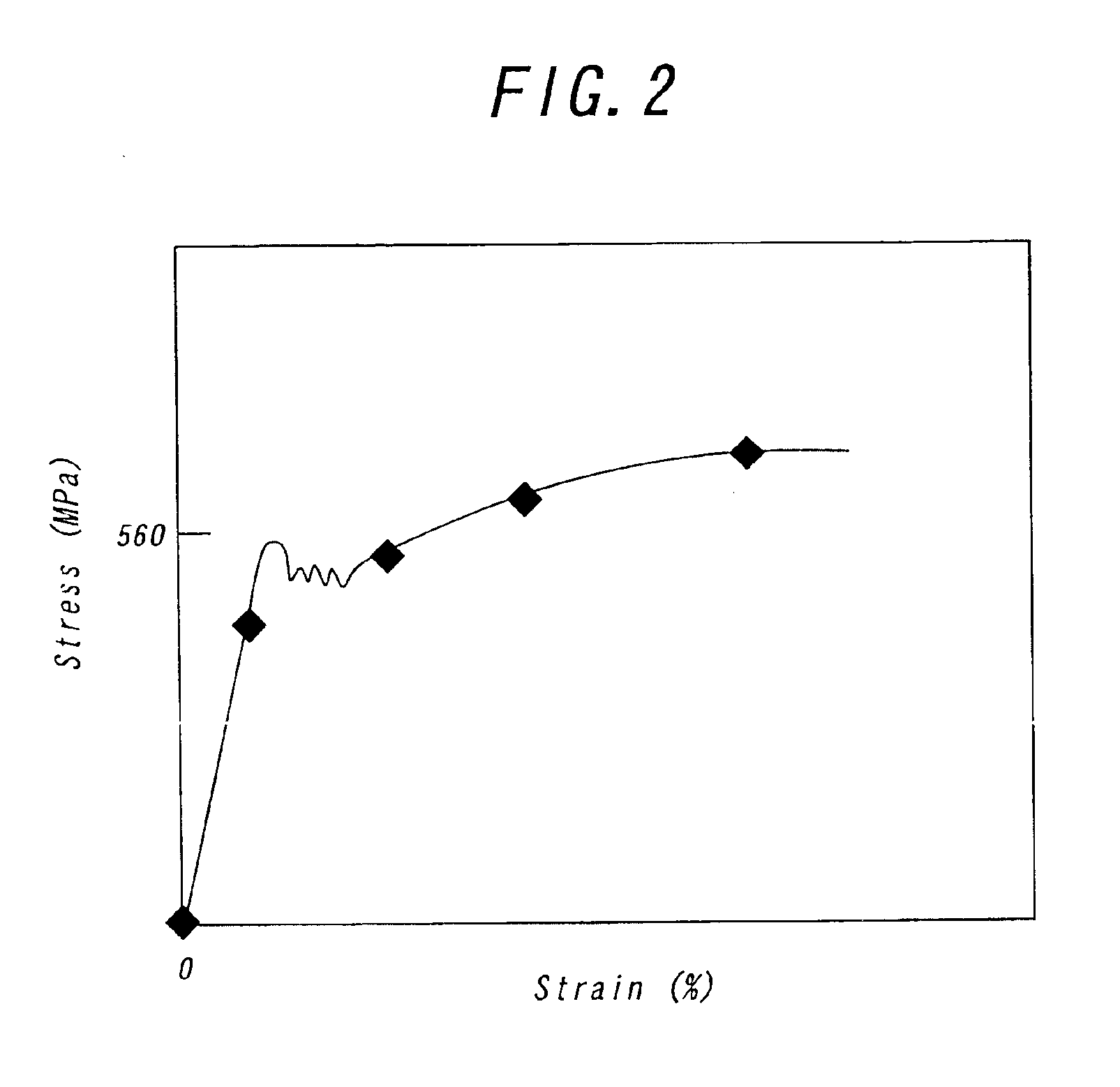Method for nondestructively evaluating aged deterioration of ferromagnetic construction materials
a technology of ferromagnetic construction materials and non-destructive evaluation, which is applied in the direction of material magnetic variables, simultaneous indication of multiple variables, instruments, etc., can solve the problems of not only high cost of magnetic yoke, but also the inability to inspect non-destructive aged deterioration of materials,
- Summary
- Abstract
- Description
- Claims
- Application Information
AI Technical Summary
Benefits of technology
Problems solved by technology
Method used
Image
Examples
second embodiment
Needless to say, the relations among physical quantities obtained in the first to fourth variations and the physical quantities actually obtained via the measurement step in those variations can be similarly used in the
Thus, according to the evaluating method of the second embodiment, it is possible to sensitively determine aged deterioration of test ferro-magnetic structures in a nondestructive manner as in the first embodiment without requiring the use of a magnetizing yoke. Therefore, the test device may be simplified and made light.
In the description of the evaluating method of the invention for evaluating aged deterioration of ferromagnetic materials, the relations numbered in the above embodiments for identifying involved physical quantities are listed together with the involved physical quantities which are derived from minor hysteresis loops.
TABLE 2Relation No.Physical quantities obtained from minor hysteresis loop1stPseudo coercive force Hc*Magnetic fieldrelationamplitude H...
PUM
 Login to View More
Login to View More Abstract
Description
Claims
Application Information
 Login to View More
Login to View More - R&D
- Intellectual Property
- Life Sciences
- Materials
- Tech Scout
- Unparalleled Data Quality
- Higher Quality Content
- 60% Fewer Hallucinations
Browse by: Latest US Patents, China's latest patents, Technical Efficacy Thesaurus, Application Domain, Technology Topic, Popular Technical Reports.
© 2025 PatSnap. All rights reserved.Legal|Privacy policy|Modern Slavery Act Transparency Statement|Sitemap|About US| Contact US: help@patsnap.com



